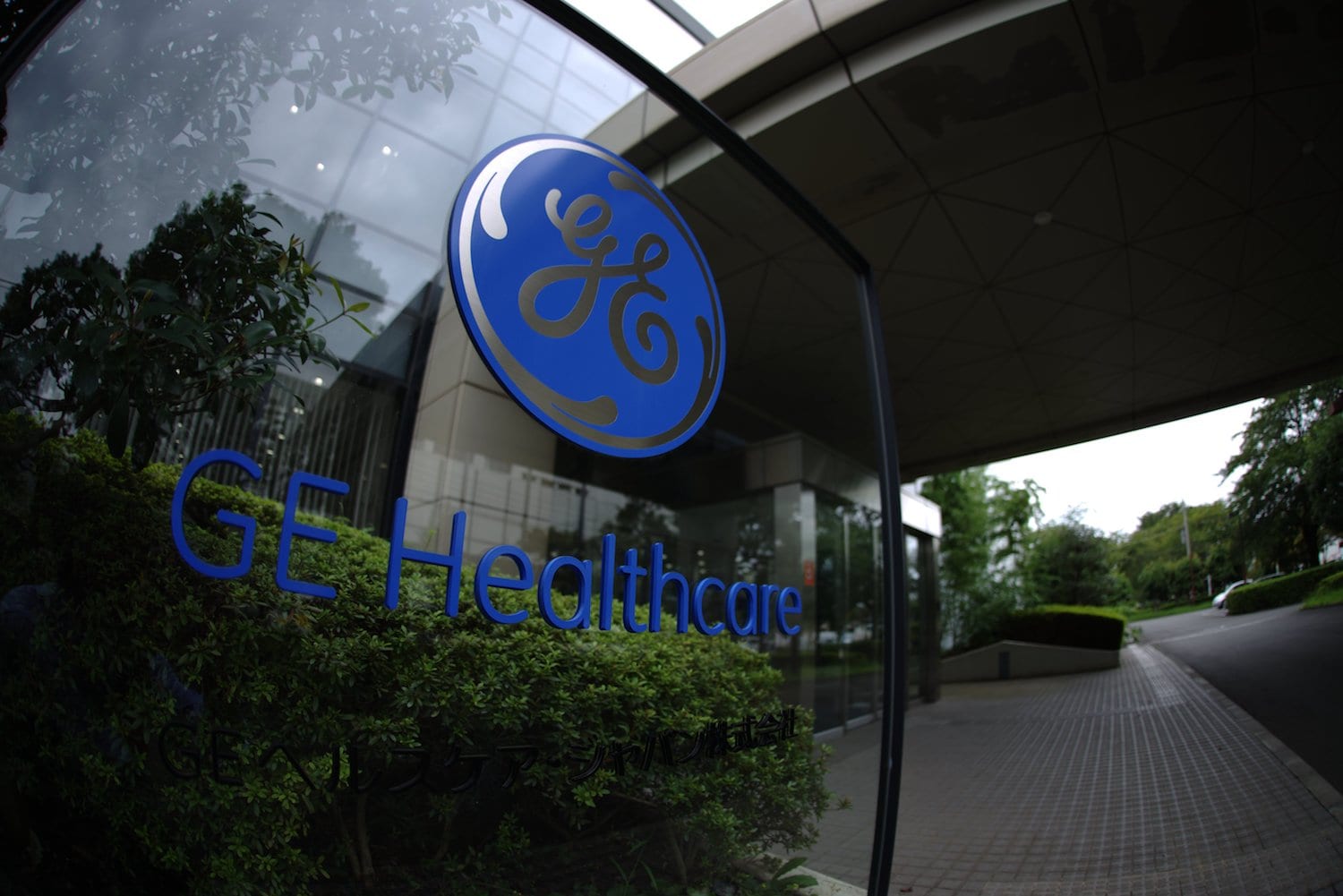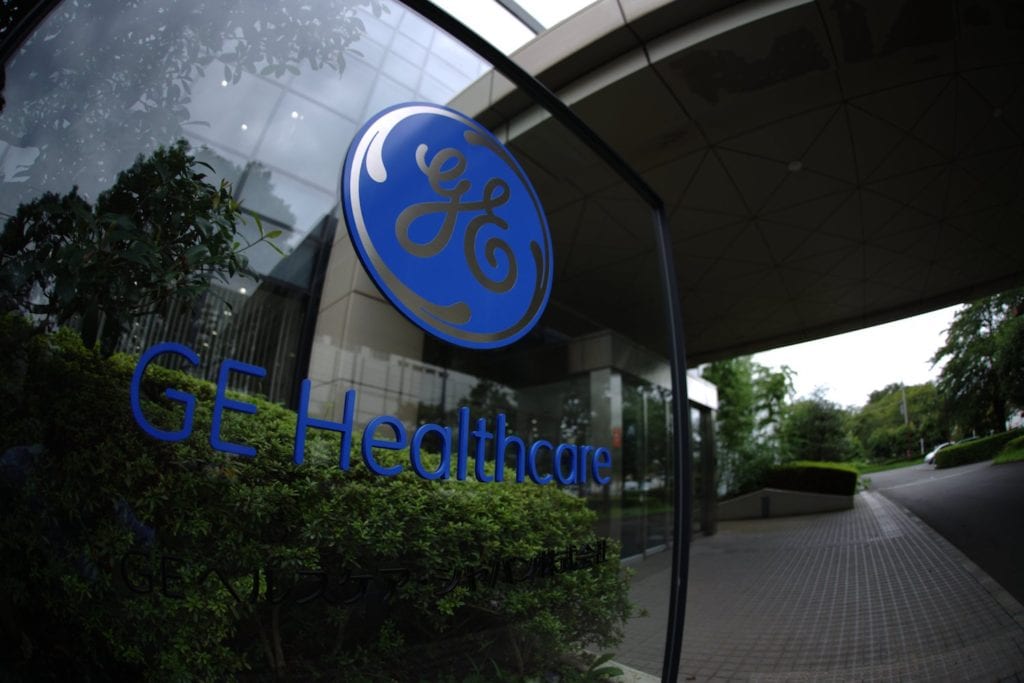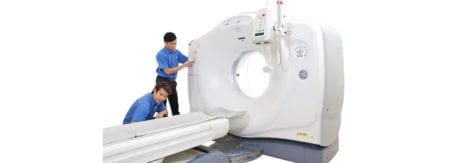Service in the healthcare industry is tricky business, requiring organizations to meet regulatory and compliance standards while ensuring life-saving medical equipment is in working order. But for GE Healthcare Japan, these weren’t the only reasons to improve how it manages field service delivery.
“Japanese regulations require us to maintain paper-based service records for seven years, but in the aftermath of major natural disasters, such as a 1995 earthquake that flattened Kobe or the earthquake and massive tsunami that struck much of northeastern Japan in March 2011, we found it difficult to ensure the protection of these physical files,” says Kyoko Fujiya, who oversees service delivery for GE Healthcare Japan.
Part of the solution, Fujiya says, has been the company’s shift to the cloud. Fujiya joined other field service leaders in October at Maximize Tokyo to discuss how industry leaders are developing new strategies, revenue streams and, ultimately, a new way to interact with customers.
Revisiting the Service Delivery Model
GE Healthcare Japan employs a service team of about 500 people in Japan and services more than 106,000 medical equipment and devices across the country. The company’s choice to embrace the cloud was about more than shifting away from a paper-based service records management process. The move, Fujiya says, was also about responding to the expectation that expensive medical devices and equipment will always be available, no matter what.
“There’s a strong desire on the part of our customers to ensure their equipment is kept running 24 hours a day, seven days a week,” Fujiya says. “If we can’t get the equipment fixed on time, it’s going to affect the lives of the patients who depend on the equipment.”
GE Healthcare Japan has developed more efficient service delivery by shifting to an iPad-based mobile solution for field engineers over the past five years. This shift has been made possible thanks to WiFi ubiquity in Japan and other technology advancements, which enabled seamless service record delivery to customers with speed by leveraging off-line debriefing capability and e-signature, Fujiya says.
“As the IT technology revolution became a part of everyday life, the kinds of services customers asked for also changed. We started to wonder if our own service model was still valid, and this is one of the reasons we changed our approach,” says Fujiya. “We needed data to make decisions efficiently, and obviously technology can help with data collection and decision-making,”
Their success, Fujiya says, depends on how much more quickly the organization can collect and analyze data.
“Thanks to the widespread adoption of broadband, we can collect vast amounts of data from medical equipment,” says Fujiya. “While we’re able to analyze that data relatively quickly, our customers’ needs and the world of medical devices still evolve rapidly, and we have to keep up.”
Fujiya also identified another powerful trend that is helping transform GE Healthcare Japan’s service delivery: IoT-enabled devices’ ability to send a constant stream of information that allows service technicians to identify new opportunities for customers and to proactively prevent problems.
Predictive Maintenance Calls for a Cultural Shift
Preventative and predictive maintenance makes it possible to remotely repair equipment and devices before a failure occurs.
“GE Healthcare Japan is trying to move to a mindset of warning or notifying our customers about situations before they arise,” Fujiya says. “There’s never a time when we’re out of touch with a customer, and we’re still helping our teams learn to think and act in these terms.”
But Fujiya admits that rolling out this cultural shift has not been easy.
“You have to define what you want to change first, and then define how you will change it,” Fujiya says.
To make the switch to IoT-enabled service delivery, GE Healthcare Japan worked with ServiceMax, in large part thanks to the company’s focus on bringing field service management to the cloud. [Disclosure: Field Service Digital is published by ServiceMax, which is owned by GE.]
“Continuously searching for and then implementing new technologies, such as ServiceMax’s cloud-based IoT service delivery platform, is a critical part of GE Healthcare’s business in Japan,” says Fujiya, especially as society continues to age and growing healthcare costs demand innovative new ways to reduce costs.
“While we always want to be in the position of giving the customers exactly what they need, when they want it, once they purchase equipment, in another five or ten years their needs are going to change,” says Fujiya. “Anticipating what those future needs will be is very important.”





Share this: